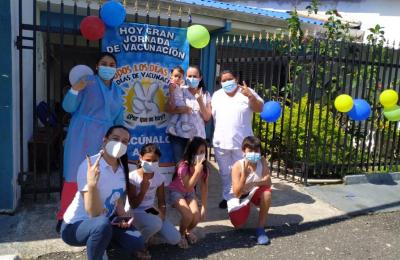COVID-19 and inequities in the Americas: lessons learned and implications for essential health services
The COVID-19 pandemic has exacerbated social, economic, and health-related disparities, which disproportionately affect persons living in conditions of vulnerability. Such populations include ethnic groups who face discrimination and experience barriers to accessing comprehensive health care. The COVID-19 pandemic has exposed these health disparities, and disruptions of essential health services have further widened the gaps in access to health care.












